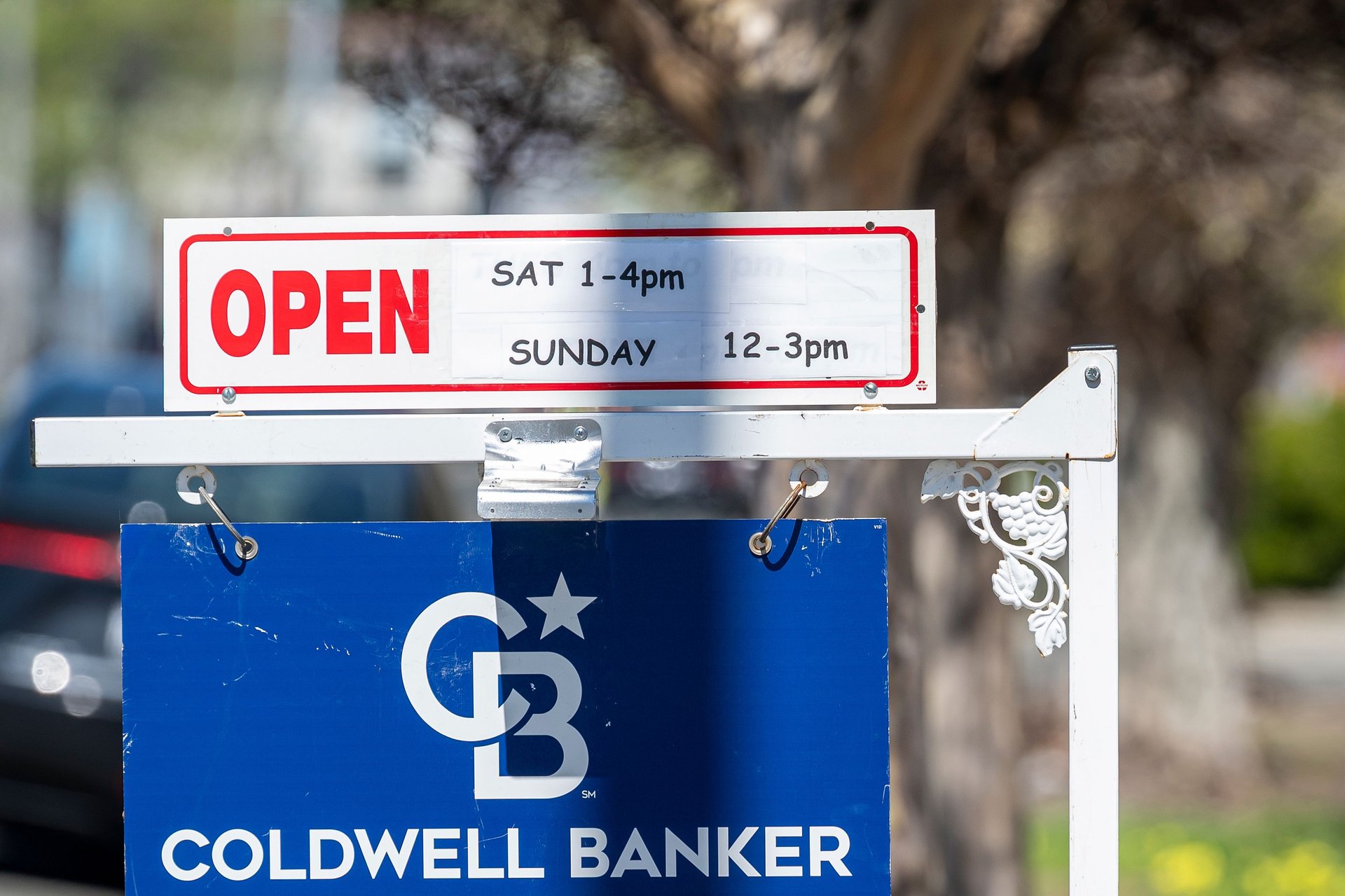Mortgage refinancing heats up as rates slide again
The average 30-year fixed mortgage rate fell to 6.79%, driving homeowners to seek savings through refinancing.

David Paul Morris/Bloomberg via Getty Images
Mortgage rates fell last week to their lowest level in months, and homeowners didn’t waste any time jumping on the savings.
Suggested Reading
Applications to refinance rose 2.7% compared to the previous week, according to the Mortgage Bankers Association. Its Refinance Index, a measure of all mortgage applications to refinance existing mortgages, showed a 40% increase from this time last year, showing just how eager homeowners are to lower their monthly payments.
Related Content
The average rate for a 30-year fixed mortgage with a conforming loan balance ($806,500 or less) dropped to 6.79% from 6.88%. Rates are now about a quarter of a percentage point lower than they were a year ago, which can mean big savings over the life of a loan.
Homeowners with bigger mortgages moved quickly. The average refinance loan size jumped to $313,700 last week after hovering under $300,000 for the past month and a half.
Buyers stay cautious despite lower rates
While current homeowners raced to refinance, new buyers didn’t seem to move. Applications for mortgages to buy homes were basically flat, rising just 0.1% from the previous week. That’s still 16% higher than the same time last year, but many potential buyers remain hesitant, with affordability still a major concern.
Rates could keep moving
Mortgage rates fell even further at the start of this week before holding steady on Tuesday after job openings data came in stronger than expected. Rates tend to rise when jobs data beats forecasts, but bigger market swings could come later this week when the government releases its monthly employment report.
The housing market needs relief
Rates on 15-year mortgages also fell last week to 6.06%, marking four weeks in a row of declines. Refinancing activity climbed to its highest level since mid-April, but overall the housing market remains sluggish. More listings are starting to pop up in some areas, slowing the growth of home prices, but high borrowing costs continue to keep many buyers on the sidelines.
Mortgage rates typically follow moves in Treasury yields, which fell last month as investors grew more confident that the Federal Reserve could start cutting rates later this year as the economy cools.
